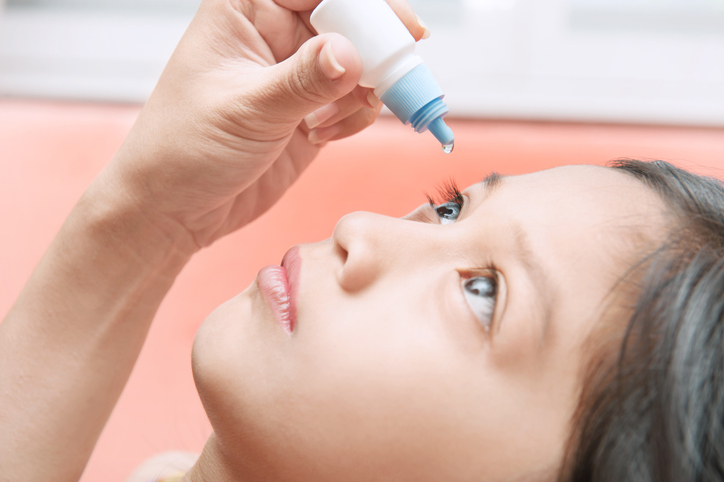 |
| As myopia management evolves into an established discipline, questions of cost effectiveness will rise in prominence. Topical therapy delivered the best bang for the buck in this study—aside from outdoor time. Photo: Getty Images. Click image to enlarge. |
Several effective options exist for slowing myopia progression in children, but their cost-effectiveness has been studied far less often than their efficacy. In a new JAMA study, researchers sought to determine cost-effective options for controlling myopia progression in children and found that atropine 0.05% and outdoor activity are the best options.
This analysis compared 13 myopia progression interventions for children who were 10 years old. Myopia interventions included topical atropine at 0.05% and 0.01% concentrations, defocus-incorporated multiple segment spectacle lenses, outdoor activity, soft contact lenses (both daily disposable and multifocal), GP contact lenses, progressive addition lenses, bifocal spectacle lenses, orthokeratology, highly aspherical lenslets (HALs) and red light therapy. All interventions were compared with single-vision lenses. Costs were obtained from the charges of the Hospital Authority of Hong Kong and the Chinese University of Hong Kong Eye Center. Pricing and professional fees in the US would no doubt differ from those used in the study; nevertheless, the study gives at least a sense of the cost dynamics of the various options.
The mean costs per child included the cost of hospital visits, medications and optical lenses. The outcomes of effectiveness were the annual spherical equivalent refraction (SER) and axial length (AL) reductions. Incremental cost-effectiveness ratios were calculated for each strategy relative to single-vision lenses over a time horizon of five years.
“Over five years, 0.05% atropine and outdoor activity were cost-effective, with an incremental cost-effectiveness ratio of $220 per spherical equivalent reduction for atropine and a cost savings of $5 per spherical equivalent reduction for outdoor activity; red light therapy, highly aspherical lenslets and orthokeratology could also be cost-effective, although at higher costs,” the researcher wrote in their paper.
Outdoor activity was not associated with any significant cost and was the least expensive strategy, while contact lenses (orthokeratology, daily disposable contact lenses and rigid gas-permeable contact lenses) were the most expensive strategies.
The authors noted that the other interventions included in this study could be cost-effective if they were modeled independently with single-vision lenses. Additionally, the World Health Organization defines an intervention as highly cost-effective if it costs less than the per-capita gross domestic product (GDP) and as cost-effective if it costs less than three times the per-capita GDP for a given country.
“In this study, the incremental cost-effectiveness ratios of the spectacle options ranged from US $352/SER reduction to US $735/SER reduction and US $548/AL reduction to US $1,234/AL reduction, which were below the per-capita GDP of Hong Kong,” the authors explained. “Similarly, the incremental cost-effectiveness ratios of contact lenses ranged from US $788/SER reduction to US $1,187/SER reduction and US $1,888/AL reduction to US $2,414/AL reduction, which were below the per-capita GDP of Hong Kong. Nevertheless, the comparison is important, as there are several options for the treatment of myopia progression.”
Outdoor activity has many health benefits for children as well, including improving their general health and development, reducing childhood obesity, preventing chronic disease and increasing vitamin D levels for development of bones and teeth, the authors noted from previous studies. “Given these health benefits, measures to encourage and promote outdoor activities should be strongly advocated.”
Agyekum S, Chan PP, Adjei P, et al. Cost-effectiveness analysis of myopia progression interventions in children. JAMA Ophthalmol. November 2, 2023. [Epub ahead of print]. |

